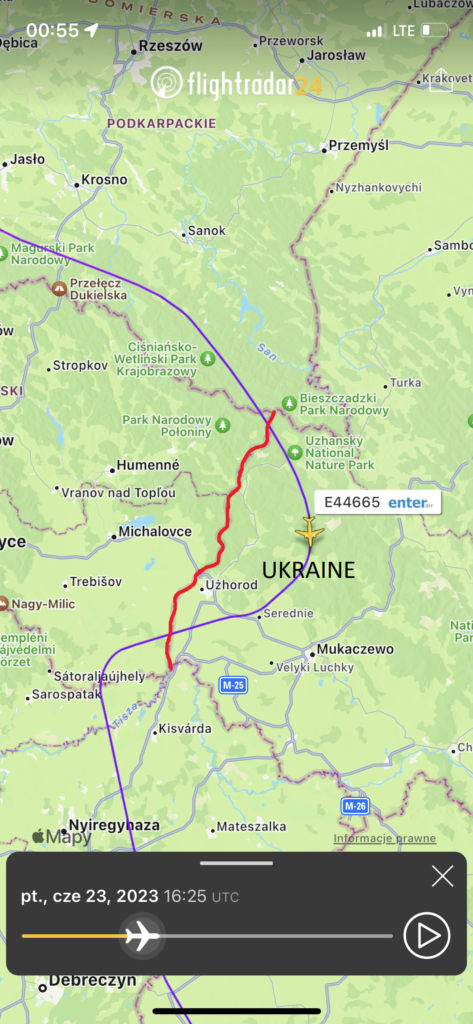A plane full of holiday-makers bound for sunny Turkey enters war-torn Ukraine, whose airspace has been closed for over a year.
A case for aviation safety investigators but also for the media and… communication professionals.
If you were the spokesperson for this airline, what would you tell the media and your current and future passengers?
The airline said this: “The plane was avoiding a storm and was directed by Slovak air traffic control to such a route. Everything was done in accordance with safety procedures”.
As a passenger – would you feel safe after reading this?
Maybe, but only until you read statements by Polish aviation authorities. They said they would investigate the case.
If everything was in accordance with procedures, why investigate?
I started wondering what I would have said in this case as spokesperson. Not an easy task. You want to protect the reputation of your airline, calm down passengers, prevent ticket cancellations, but above all you want to be credible in the long term.
So:
- Saying that definitely everything was in line with safety procedures – is not the best option. You simply don’t know. It is too early. And the announced investigation casts a shadow of doubt at this statement.
- Highlighting the fact that the Slovak ATC directed the plane to Ukraine is not the best choice either. Sounds like distancing yourself from the responsibility. And the life of your passengers is at stake. Who would like to fly with an airline who distances itself from decisions affecting the safety of passengers?
I am not going to speculate if this flight over Ukraine was the right decision of not. The aviation safety board is best placed to make this assessment. They will check if this was coordinated with the Ukrainian authorities, who coordinated this etc. One thing is sure: flying into the storm would have posed a serious threat for the people on board. You never fly right through a storm. Never. But maybe you can avoid the storm from the other side? Or enter a holding pattern and wait? Or divert and land? There are usually several options at hand.
So what could you say to the public after it all happened?
- If possible I would try to coordinate the statement with the authorities to speak with one voice. Yes, this is possible. Just call your counterparts in the authorities and discuss. If the authorities want to investigate, the you cannot say it was in line with safety procedures. You need to say your airline will cooperate in the investigation.
- I would educate the public a bit saying about the dangers of flying through a storm. People will never know unless we tell them.
- Then I would highlight that the captain assisted by the ATC made the choice he or she found best for the safety of the passengers. It was the pilot’s decision. It always is. The ATC has no power to force the PIC to do anything dangerous. And showing the captain and the true decision-maker reinforces trust in the airline.
So maybe a statement like this:
The plane was avoiding a heavy storm. Flying through a storm would have posed an extreme danger to the aircraft and its passengers. The captain, assisted by air traffic control, decided that entering Ukrainian airspace for 5 minutes to avoid the storm, was the safest option in these circumstances. This case will be investigated by aviation authorities and by our airline to draw conclusions for the future and ensure maximum safety of our passangers.
What do you think?
Do you have other suggestions?
Picture: Flightradar24

